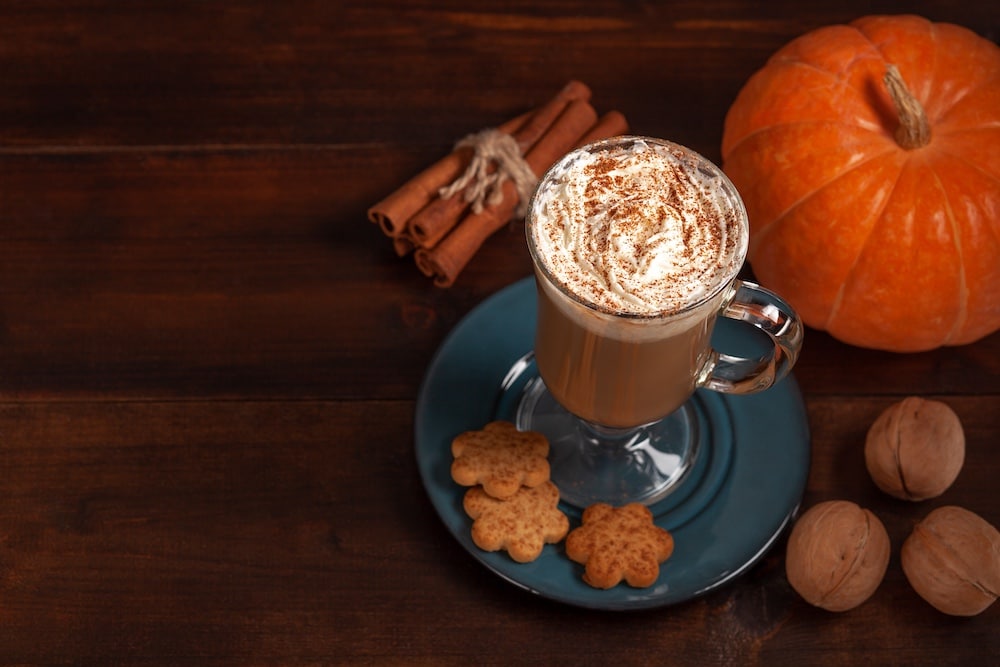The fall season is a favorite for cozy sweaters, festive drinks, and pumpkin-spice everything. But for many people, this time of year also means an increase in fall food allergy triggers that can cause unexpected symptoms. While the flavors of autumn are comforting, they can hide sneaky allergens that make enjoying the season more challenging. Understanding your fall food allergy triggers can help you stay safe and still enjoy your favorite treats.
Fall Food Allergy Triggers and Seasonal Ingredients
Autumn is full of delicious foods —pumpkin pies, apple crisps, pecan desserts, and hearty stews —but many of these contain common allergens. Nuts, dairy, wheat, and eggs are frequent ingredients in fall recipes. Tree nuts like pecans and walnuts are particularly popular this time of year and are among the top fall food allergy triggers in both children and adults.
Even seemingly safe dishes can cause issues due to cross-contamination, especially at holiday gatherings or potlucks. Using shared utensils or baking sheets can transfer allergens from one dish to another. If you or your child has a food allergy, be sure to ask about ingredients and preparation methods before digging in.
Halloween Candy and Hidden Allergens
Halloween is one of the most exciting and potentially risky times for families managing food allergies. Many candies contain or come into contact with peanuts, tree nuts, milk, soy, or wheat. Miniature or “fun-size” versions of popular candy bars are sometimes made with different ingredients than their full-sized counterparts, so always read labels carefully.
Some candies are also manufactured in facilities that process multiple allergens, which increases the risk of cross-contact. For kids with allergies, sorting through Halloween candy can be both exciting and nerve-wracking — but thankfully, awareness campaigns are helping make the holiday safer.
The Teal Pumpkin Project: A Safer Halloween for All
The Teal Pumpkin Project, created by FARE (Food Allergy Research & Education), is a nationwide initiative designed to make Halloween more inclusive for children with food allergies. Homes that display a teal pumpkin signal that they offer non-food treats — such as stickers, small toys, or glow sticks — for trick-or-treaters with allergies.
Participating in the Teal Pumpkin Project is simple:
- Place a teal pumpkin on your doorstep.
- Provide allergy-friendly or non-food goodies.
- Add your home to FARE’s online map to let families know you’re participating.
This small gesture helps ensure every child can enjoy Halloween fun without fear of allergic reactions.
Find Relief with McGovern Allergy and Asthma Clinic
If fall favorites leave you with food allergy reactions, food allergy testing can help uncover the cause. At McGovern Allergy and Asthma Clinic, the team of board-certified allergy specialists offers comprehensive testing to identify specific fall food allergy triggers — from spices and nuts to dairy and beyond.
Once identified, the team will work with you to create a personalized treatment plan that may include avoidance strategies, medications, or immunotherapy to reduce symptoms and improve your quality of life.
Don’t let fall food allergy triggers take the joy out of the fall season. Contact McGovern Allergy and Asthma Clinic today to schedule an appointment and discover safe, effective relief!

